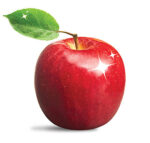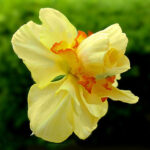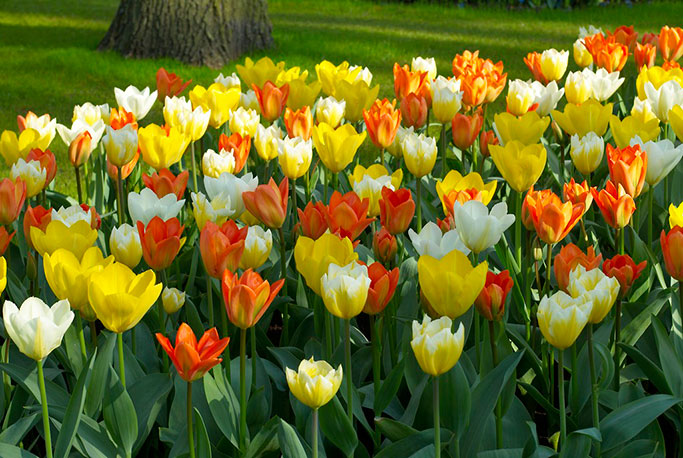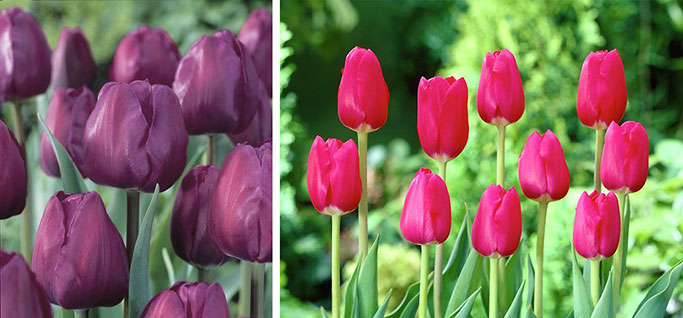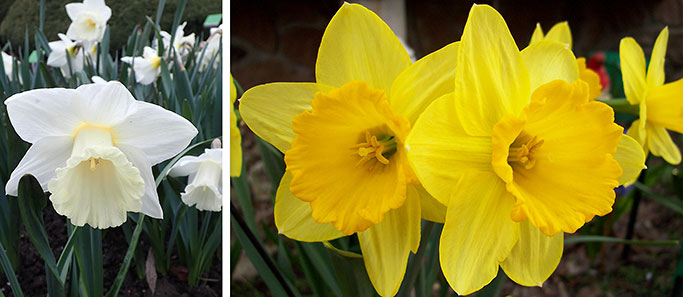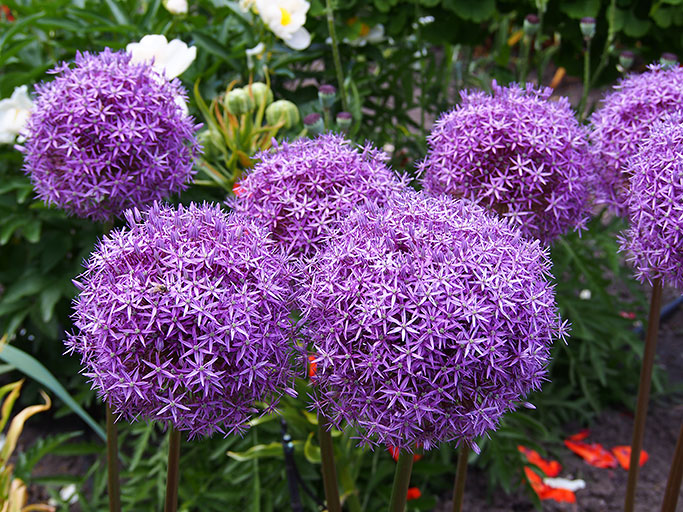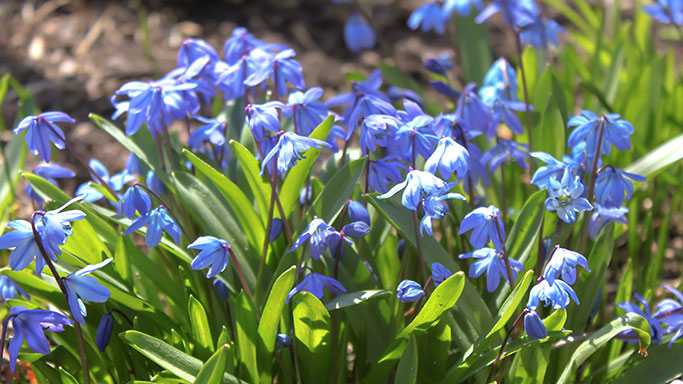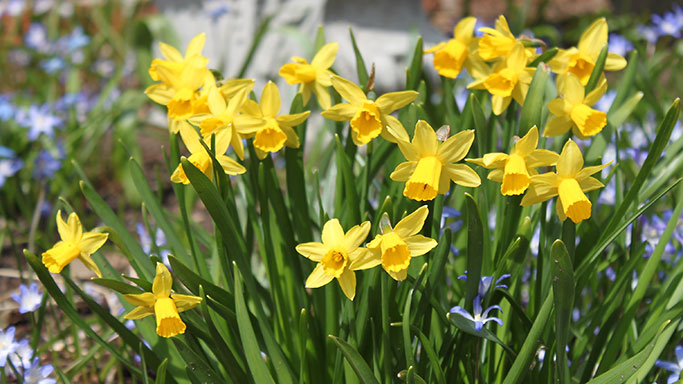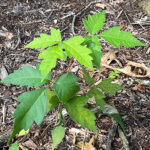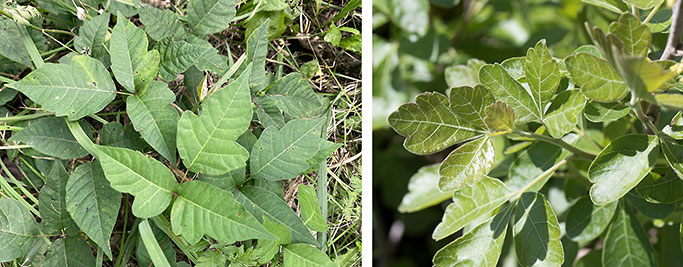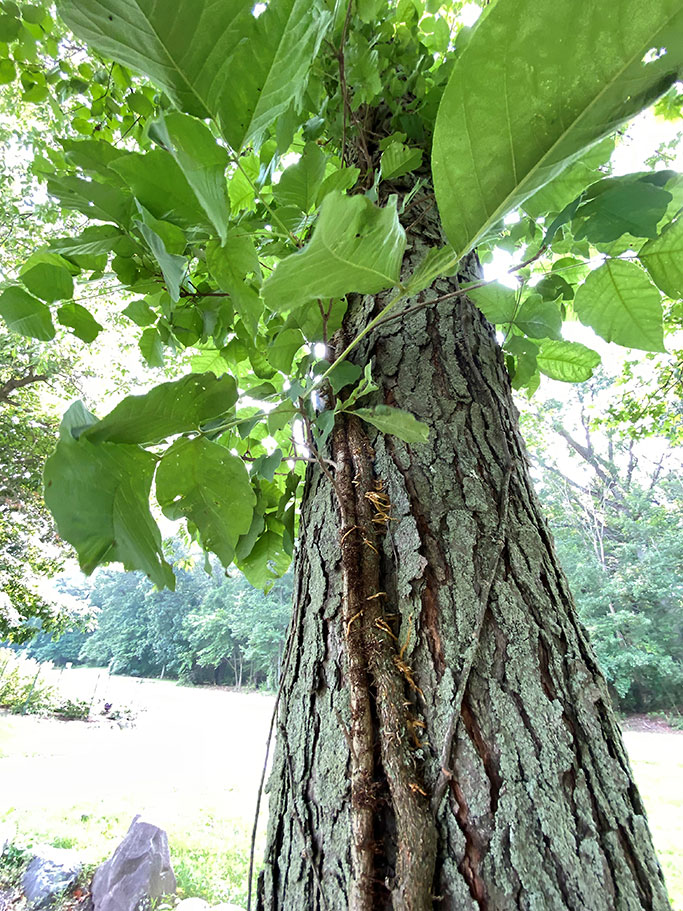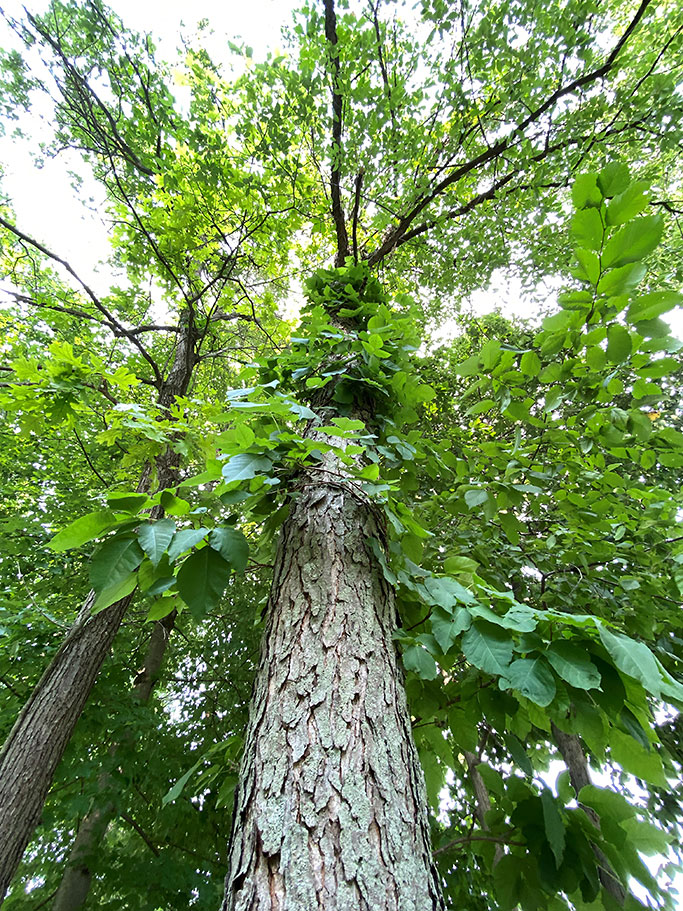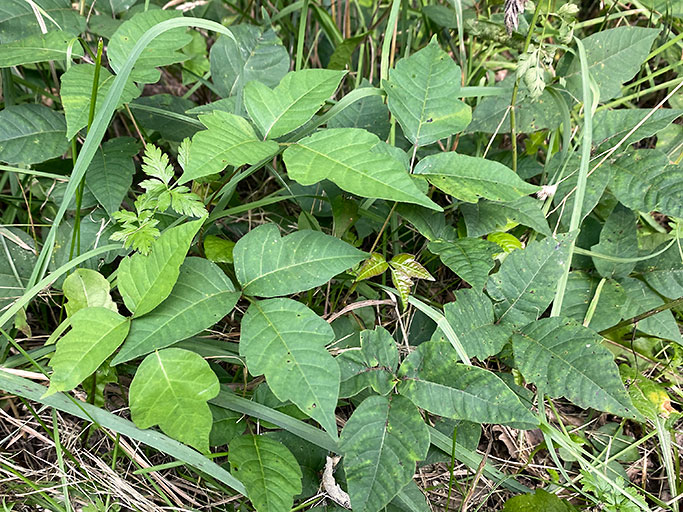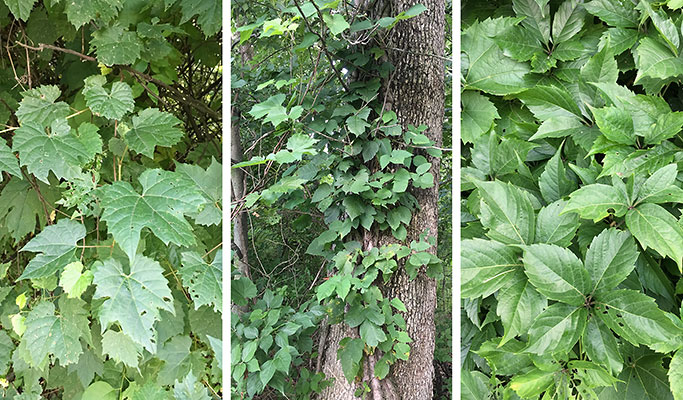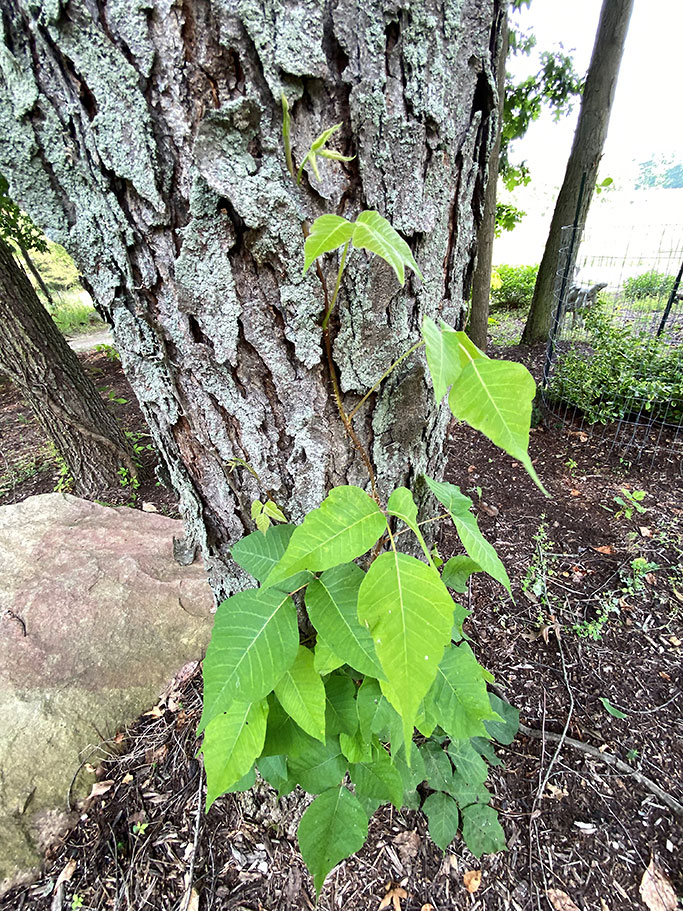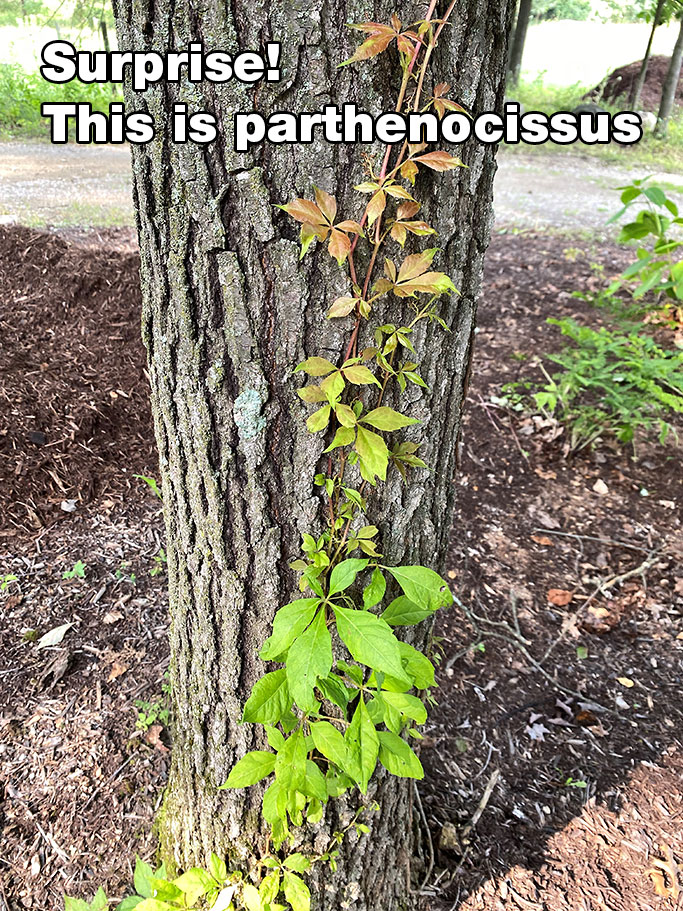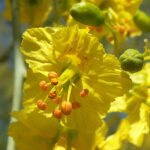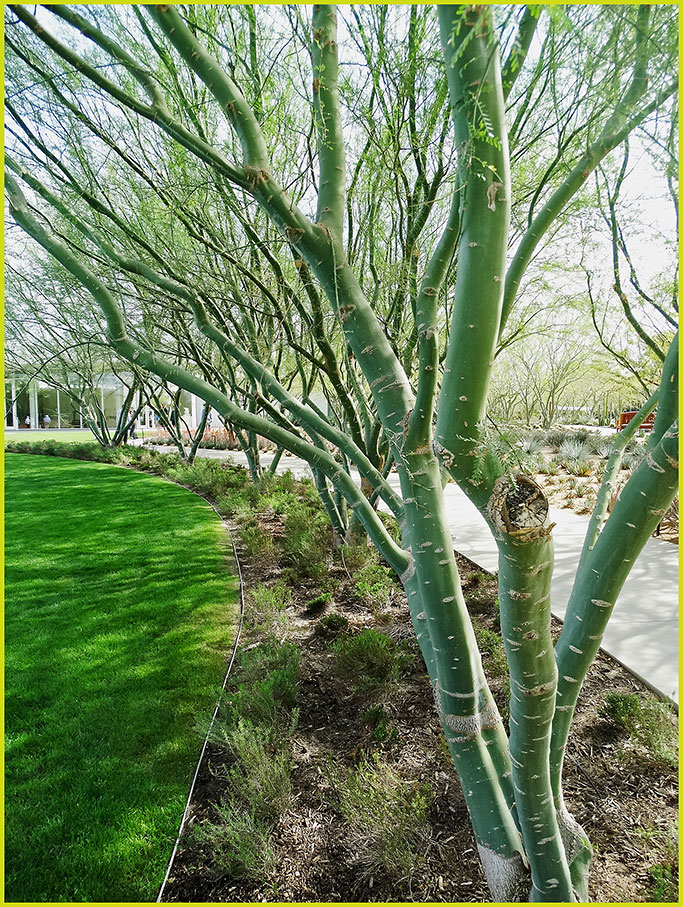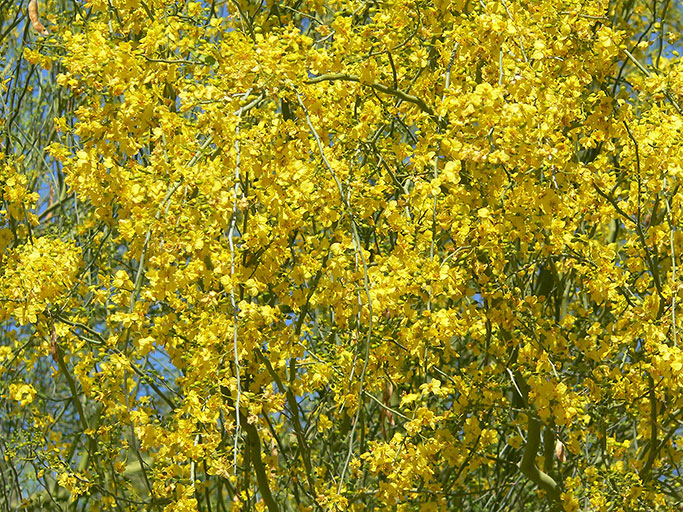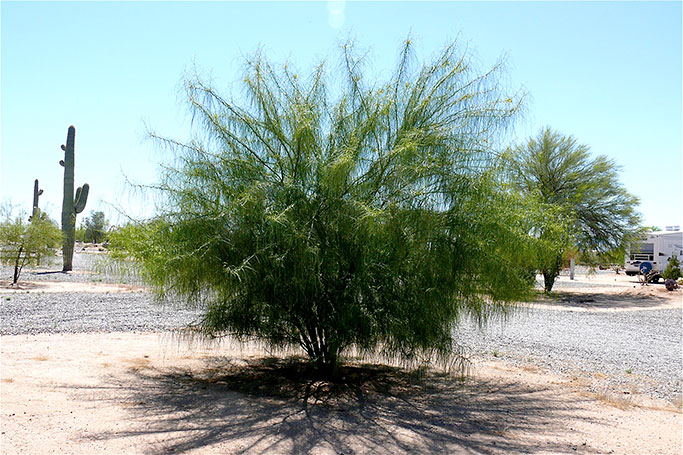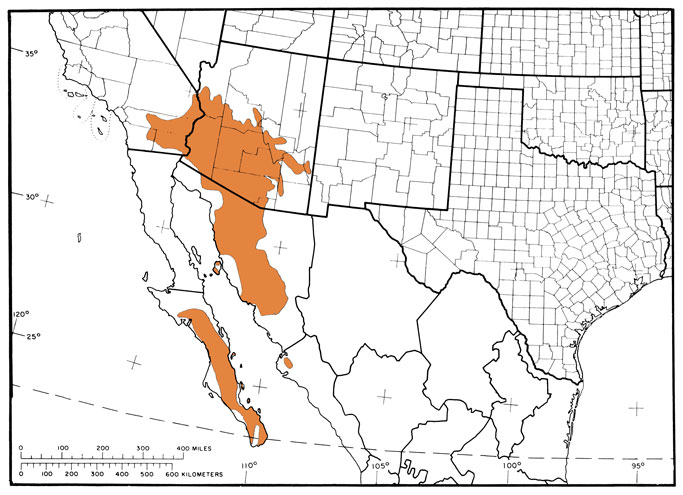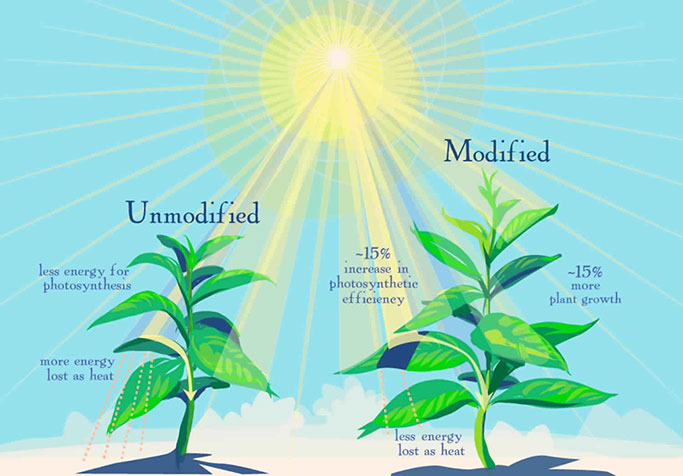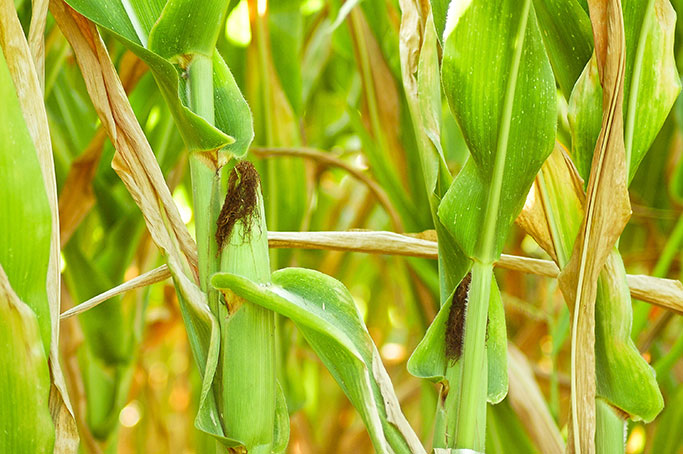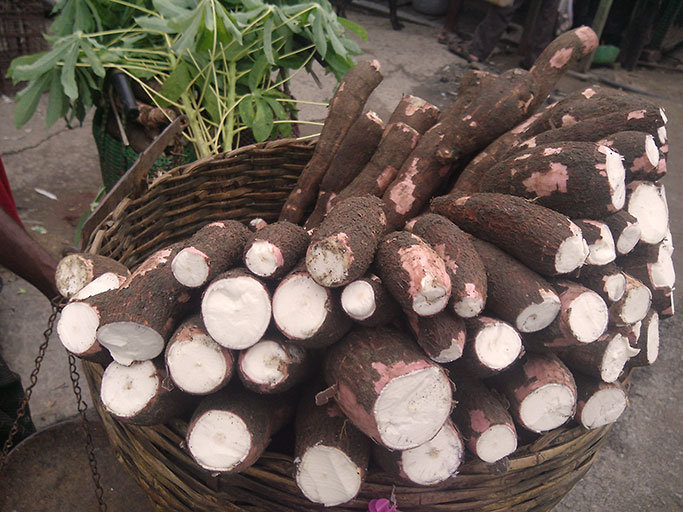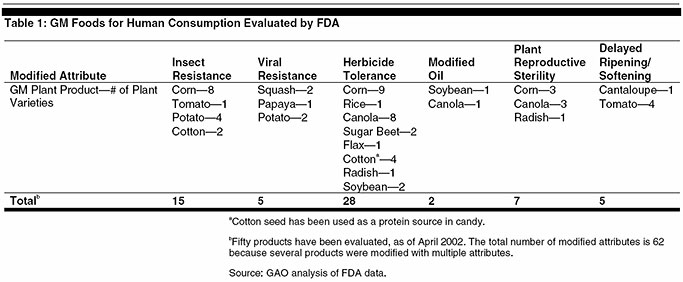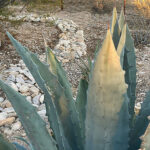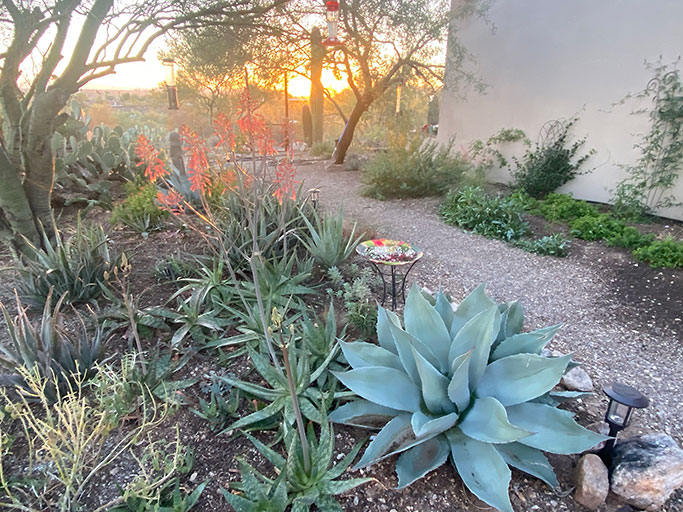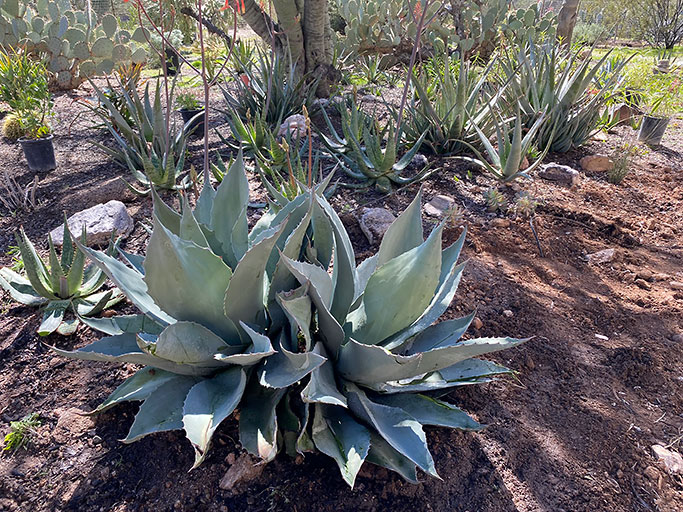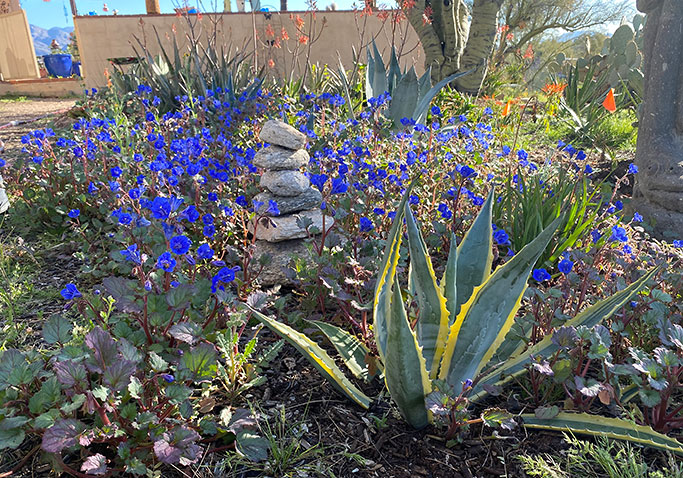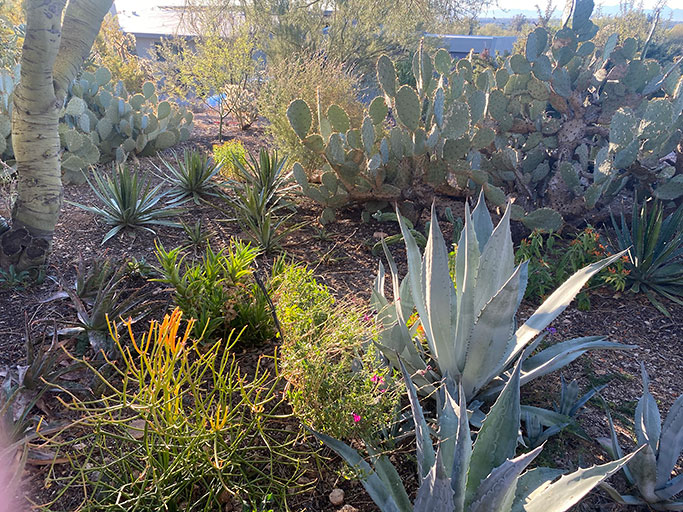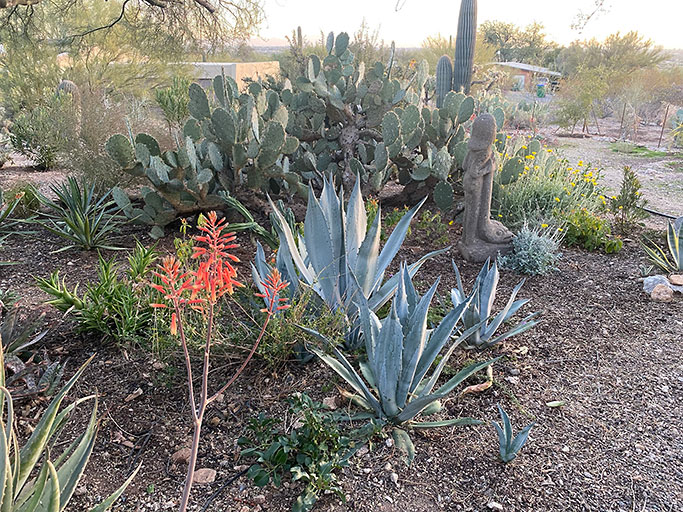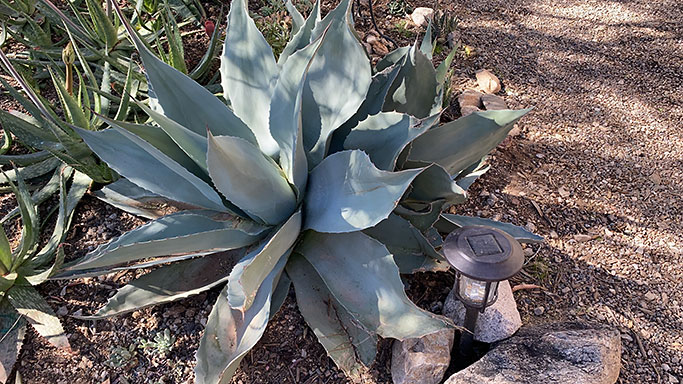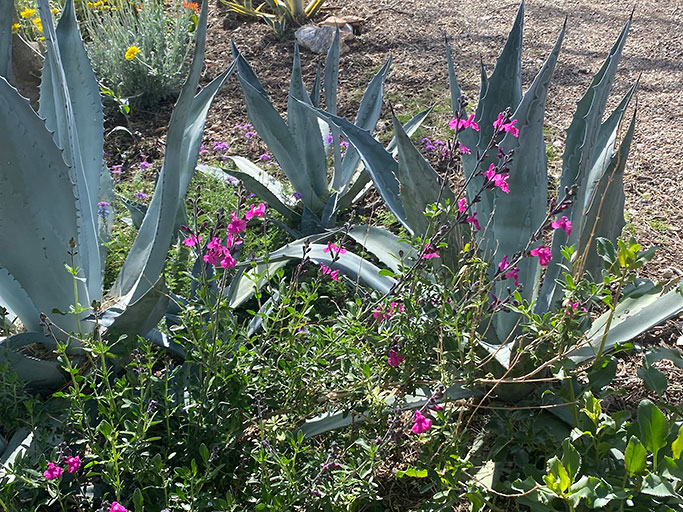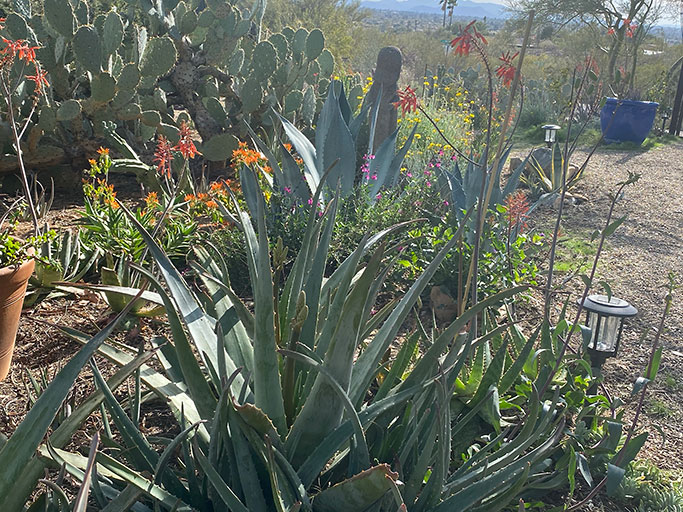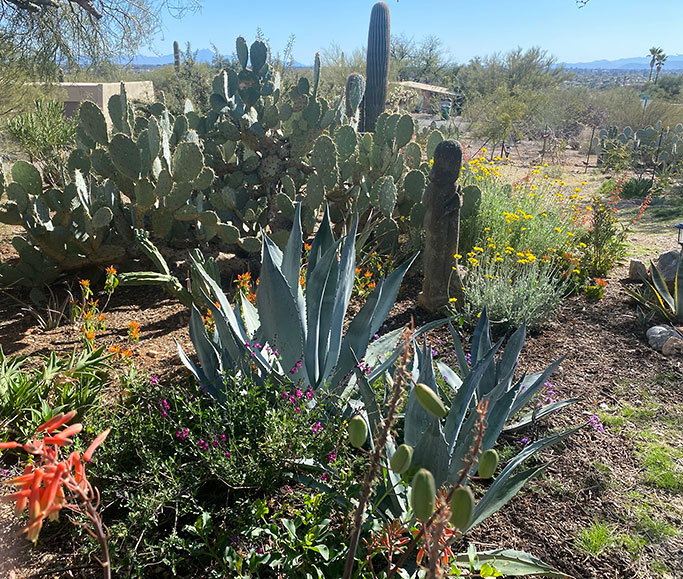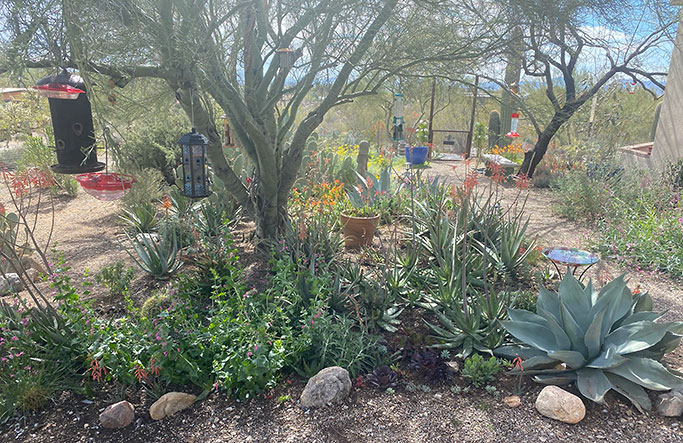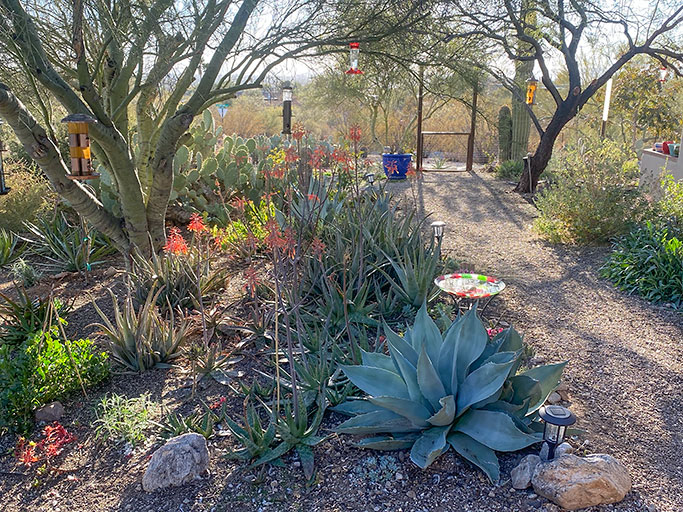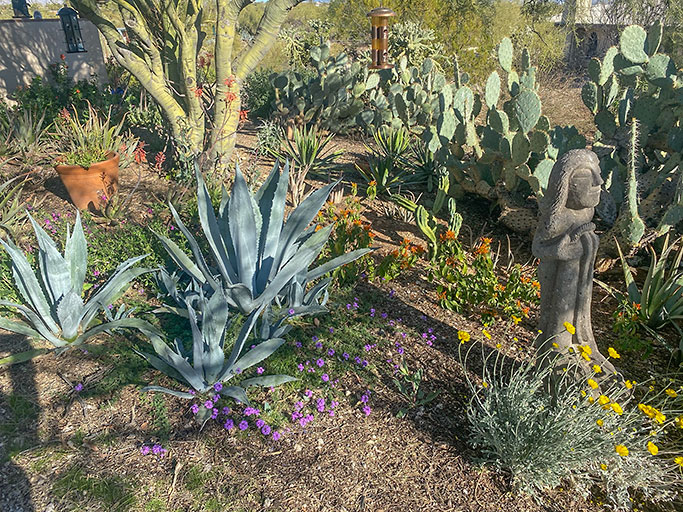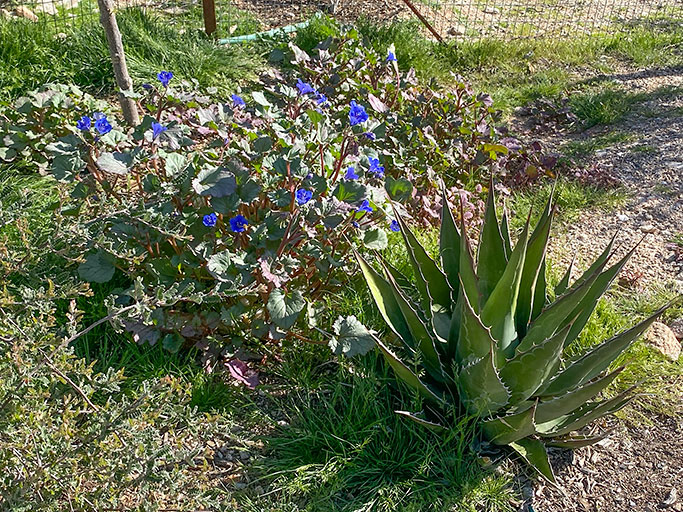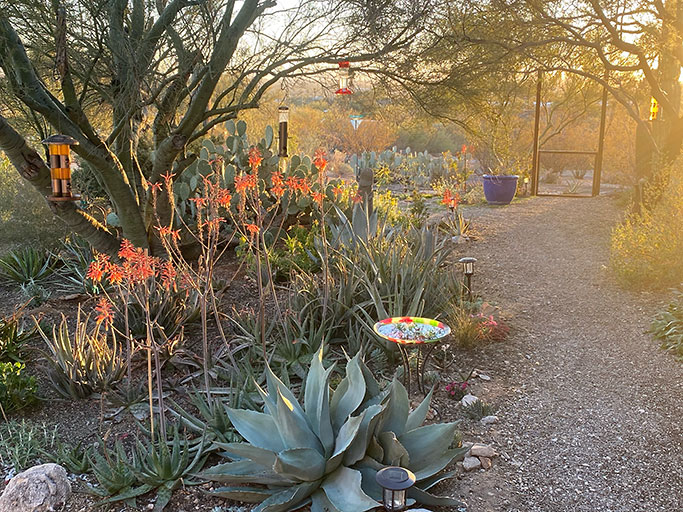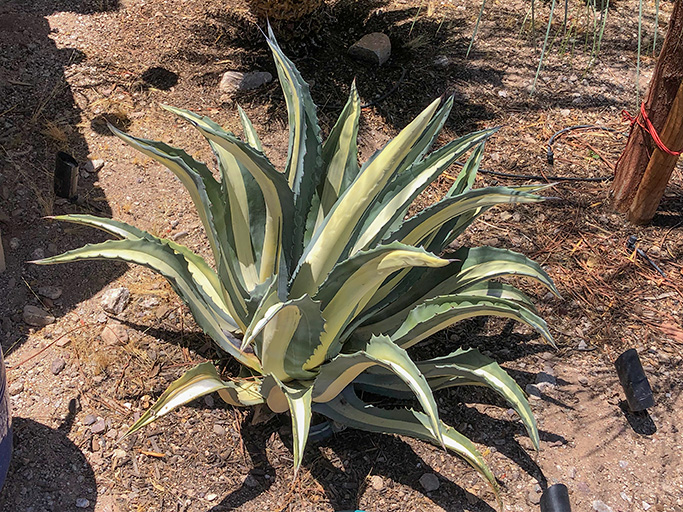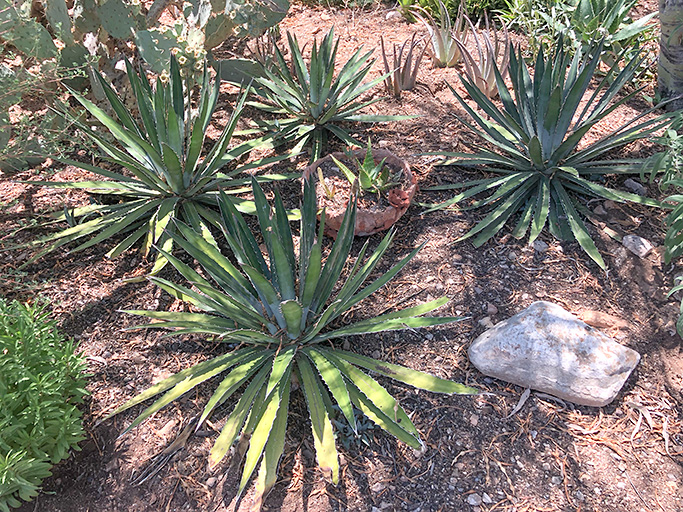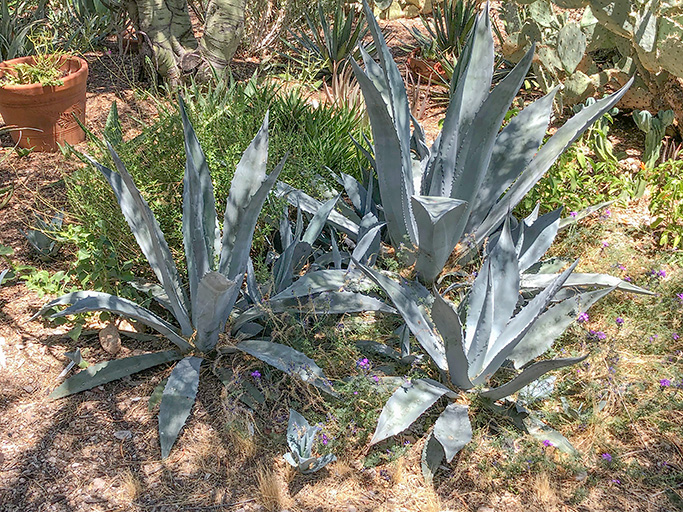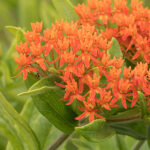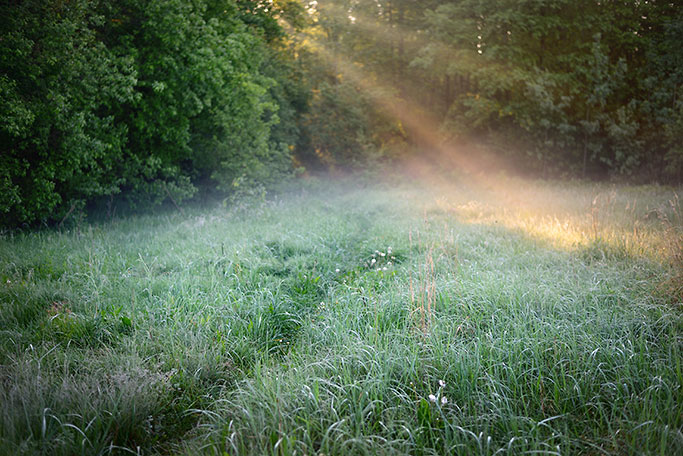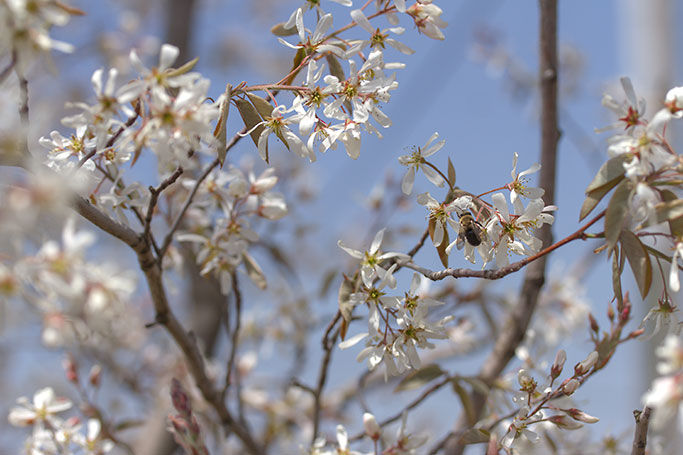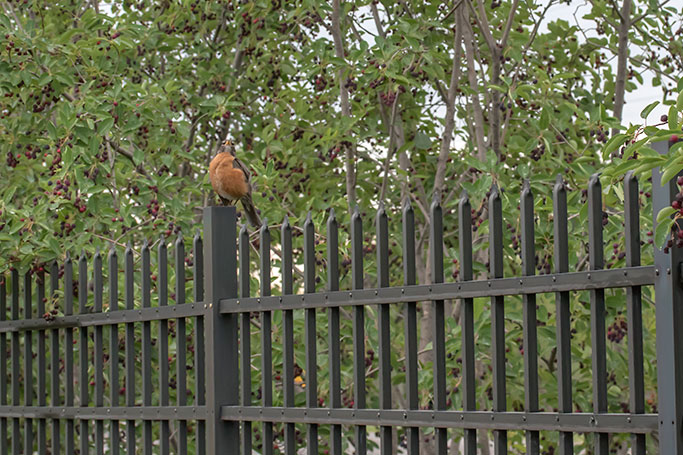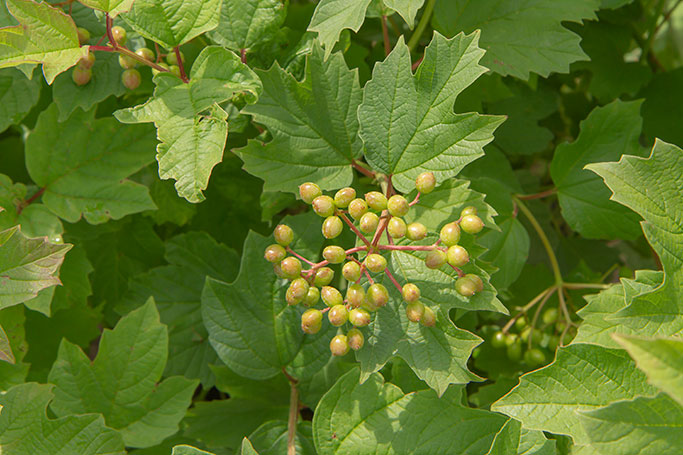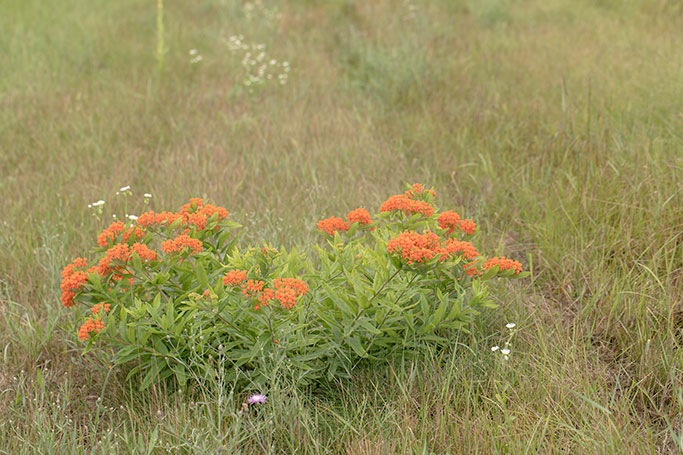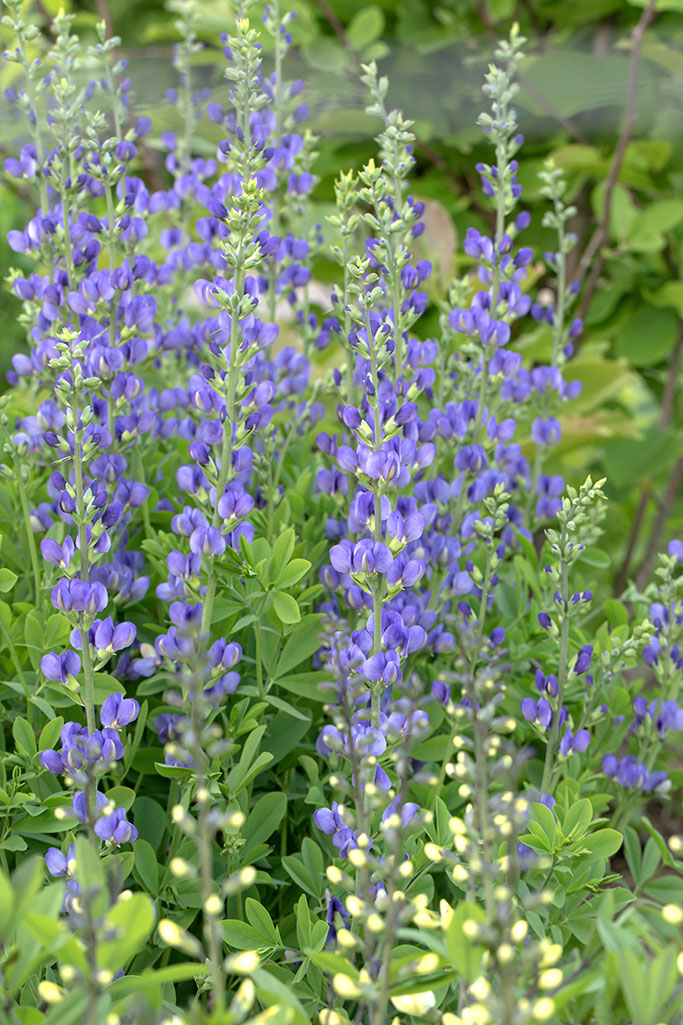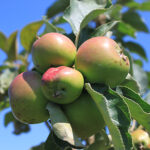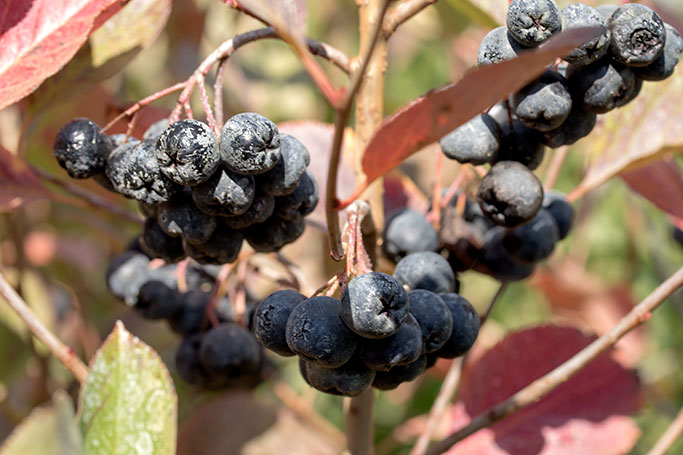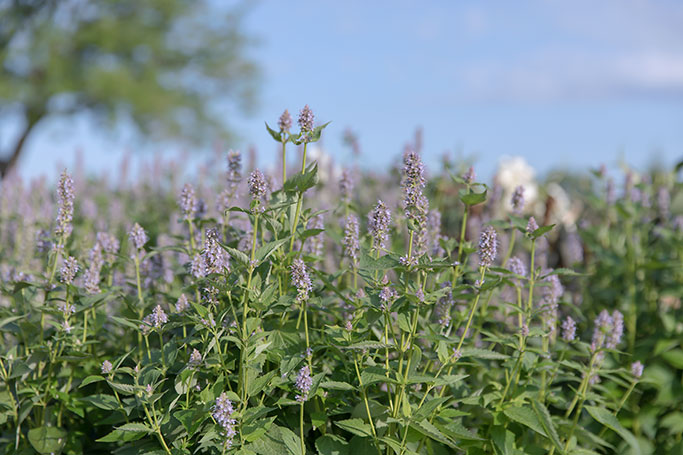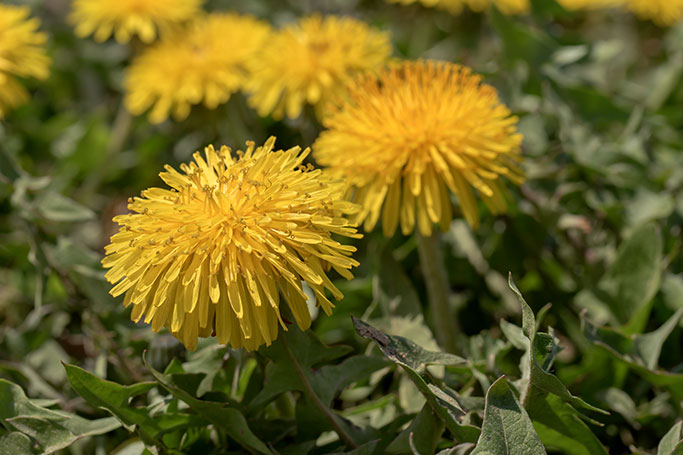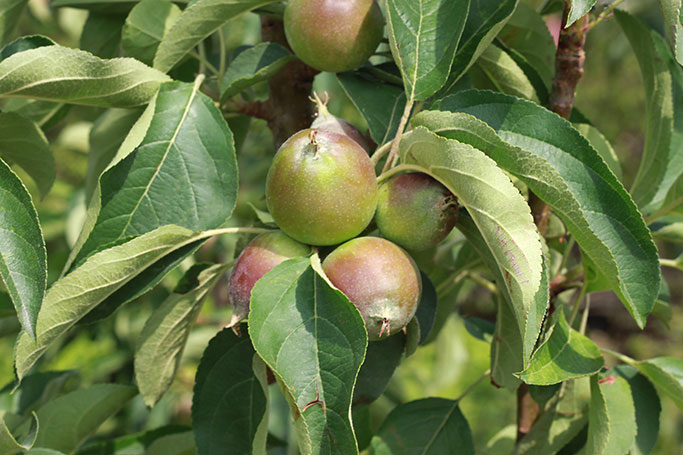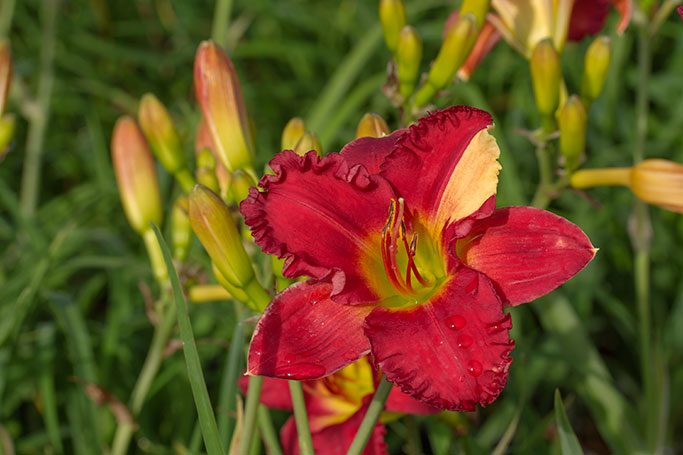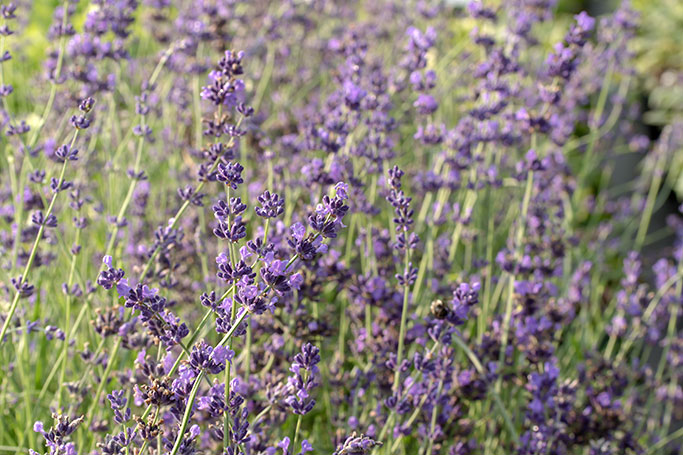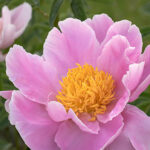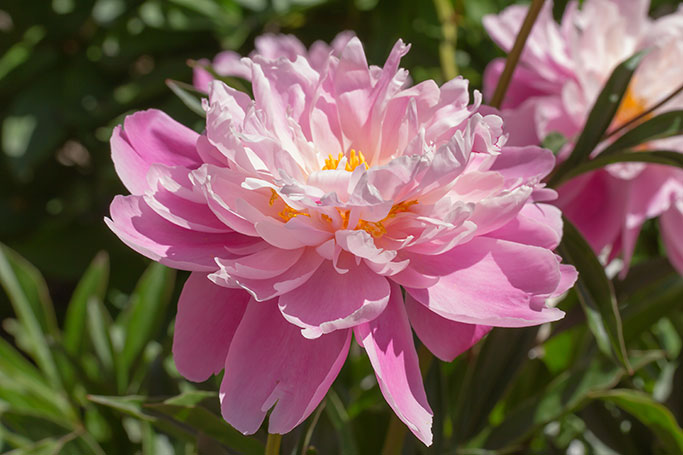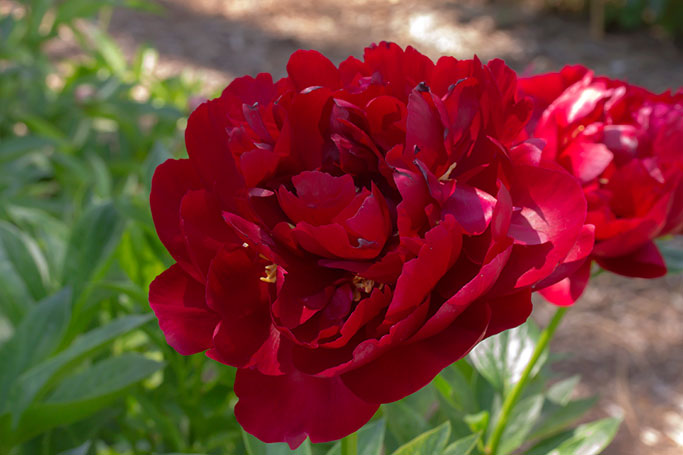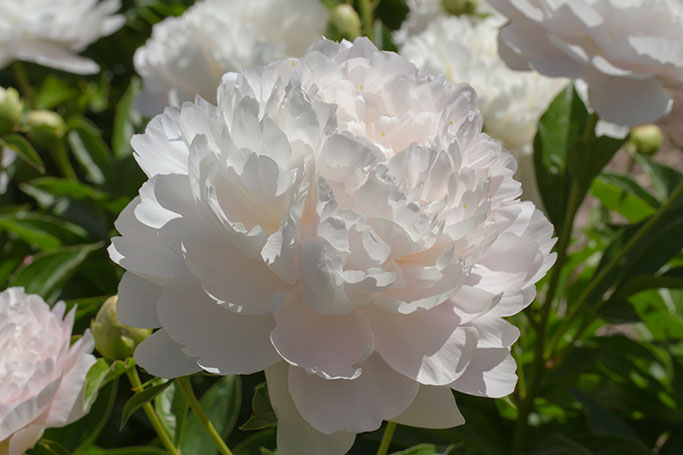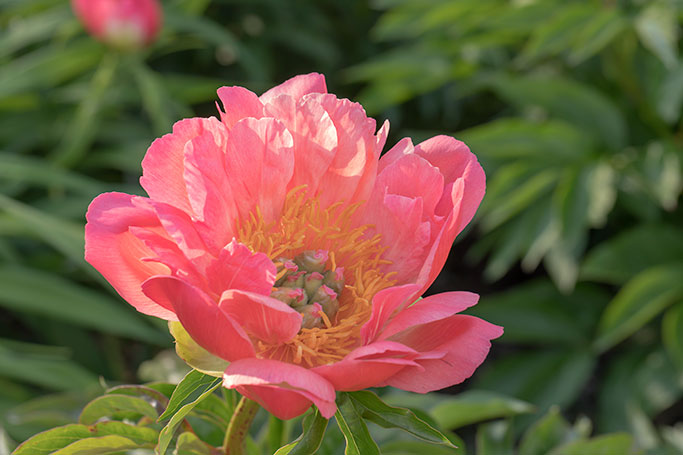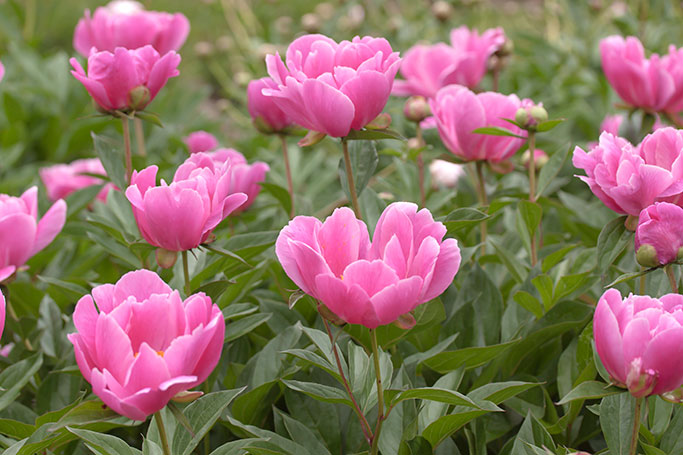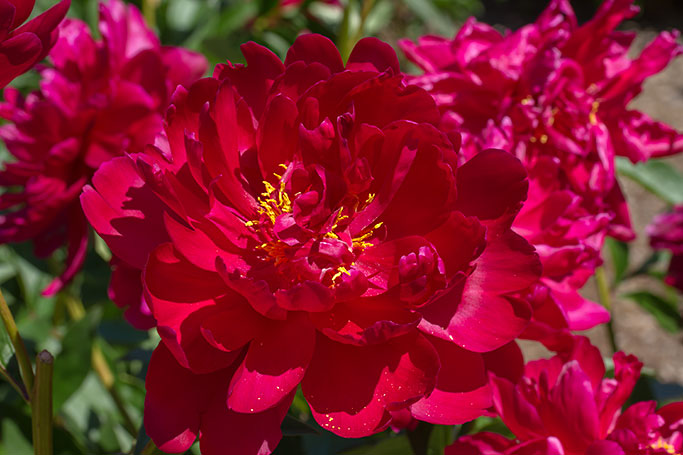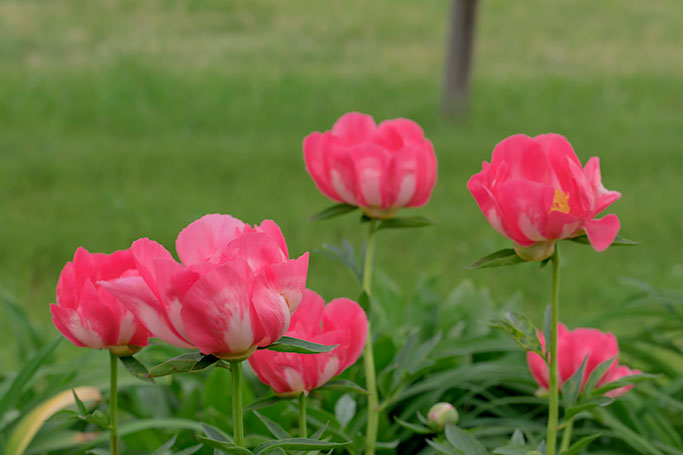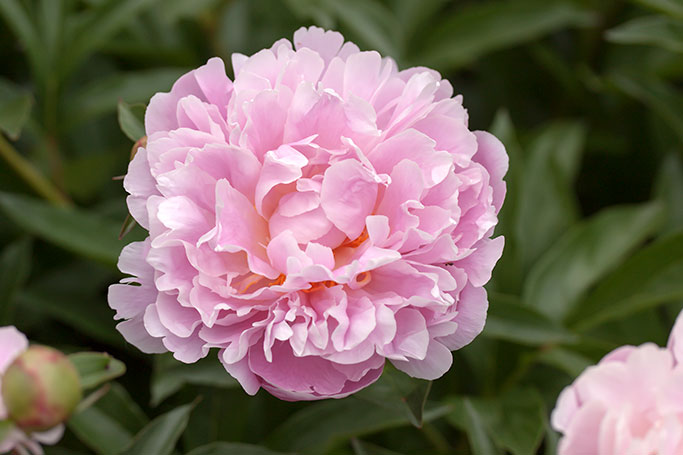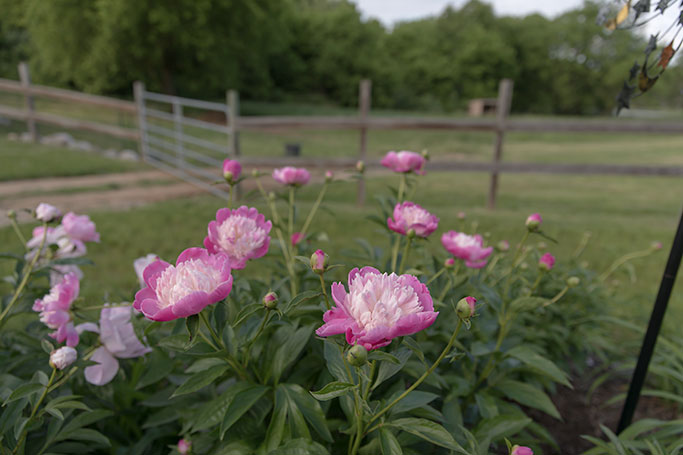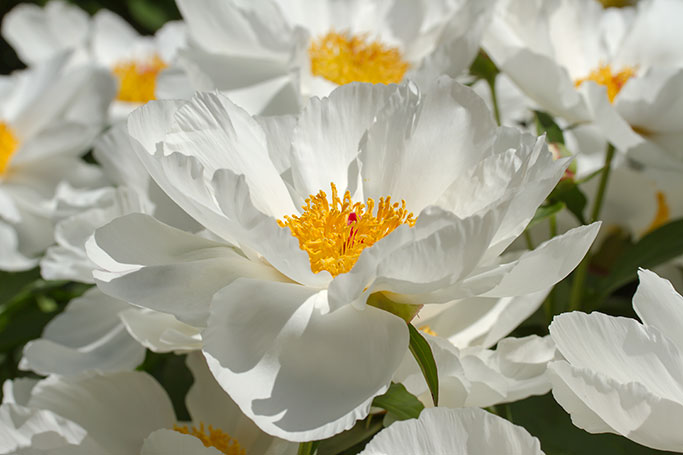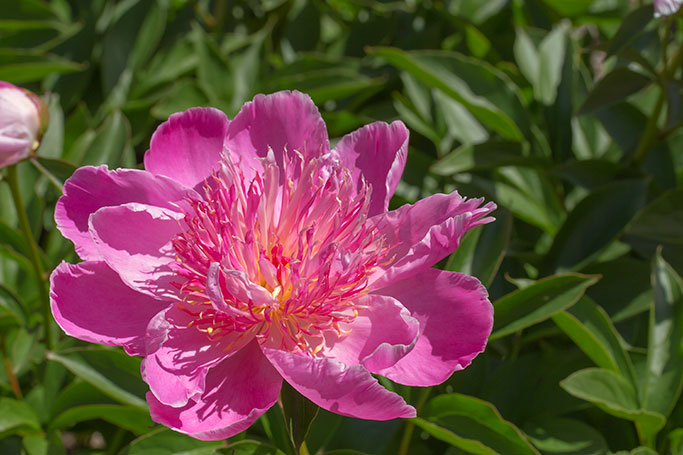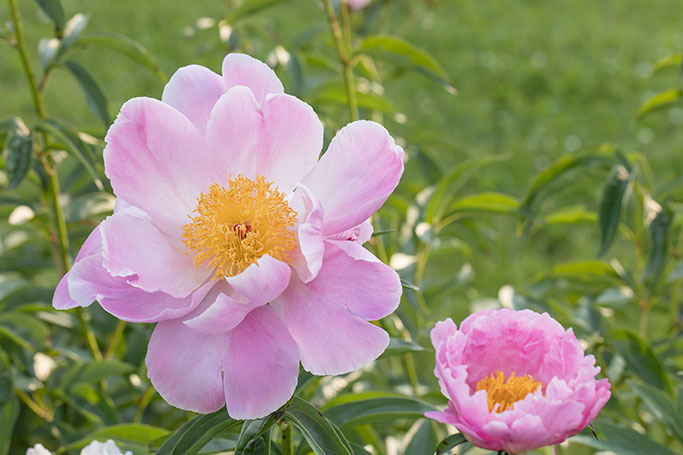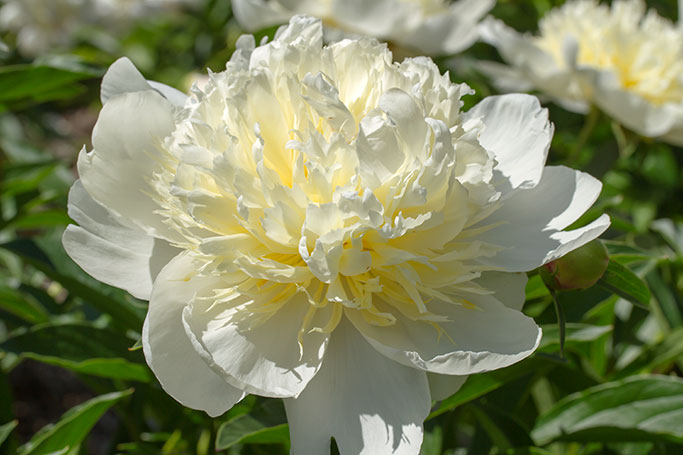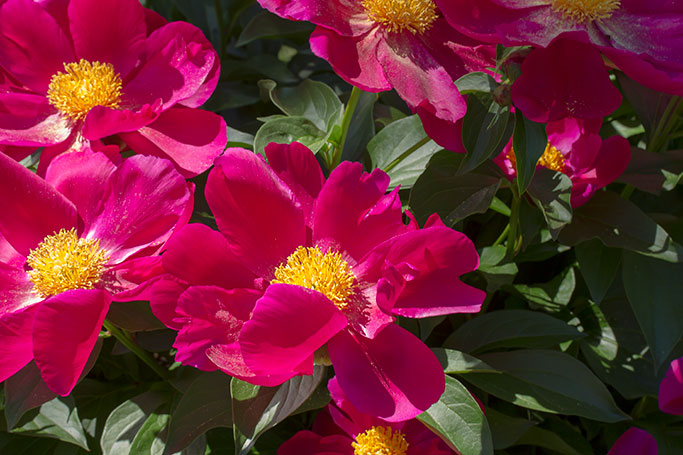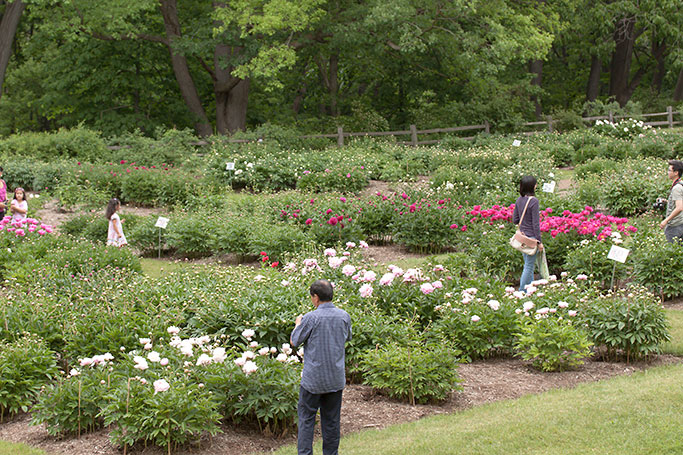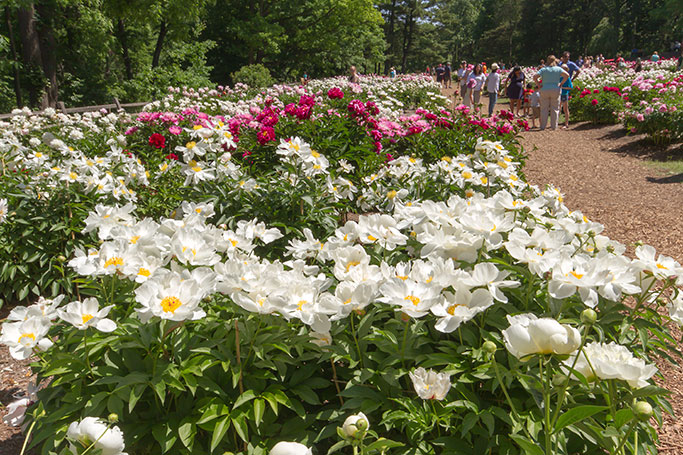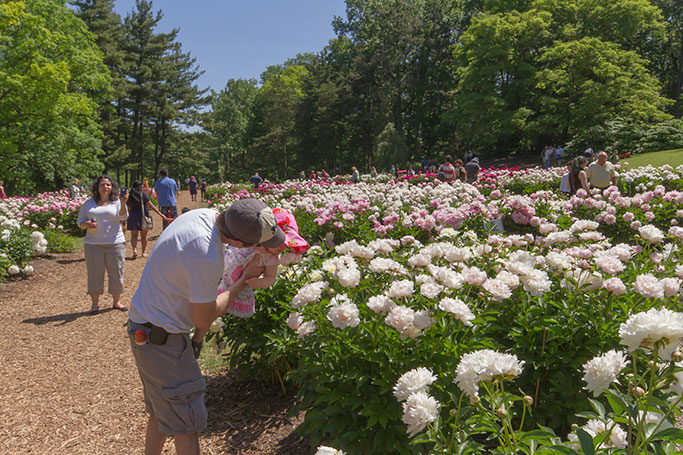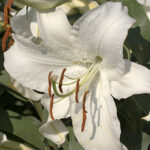I’ve always thought of myself as traditional. I’ll be the first to admit, in my personal life, I am not an “early adopter”. For example, I finally started feeling comfortable using my iPod right about the time that Apple decided to begin discontinuing them. I find comfort in the familiar and have turned into a bit of a curmudgeon when it comes to trying something new.
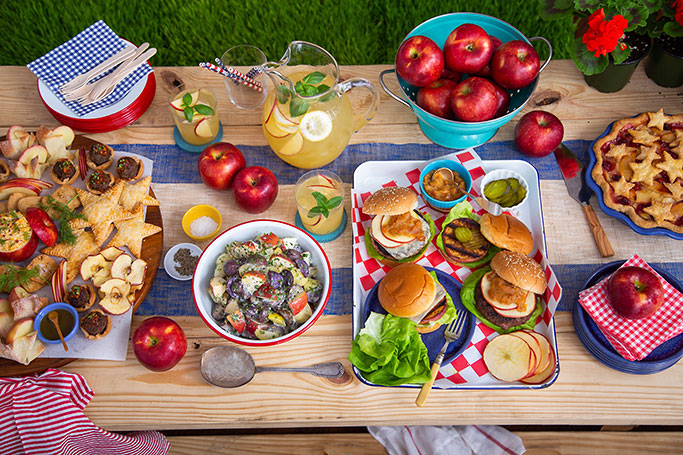
However, the agriculture industry was all shaken up by last year's introduction of the Cosmic Crisp apple. I sat up and took notice, mainly because I love Honeycrisp apples but think they are expensive and difficult to find. I like this variety so much that a few years back, I did some research on them. It turns out that Honeycrisp are difficult for an orchardist to cultivate and ship to stores. Not just a little difficult… really strenuous. It only wants to bear fruit every other year. Because of its thin skin, about 35-40% of the harvest is damaged and cannot be sold. And on top of that, the labor to harvest is increased through preventative measures to carefully pack to prevent damage in shipping. The final straw is that cold storage is difficult and generally only viable for 9 months.
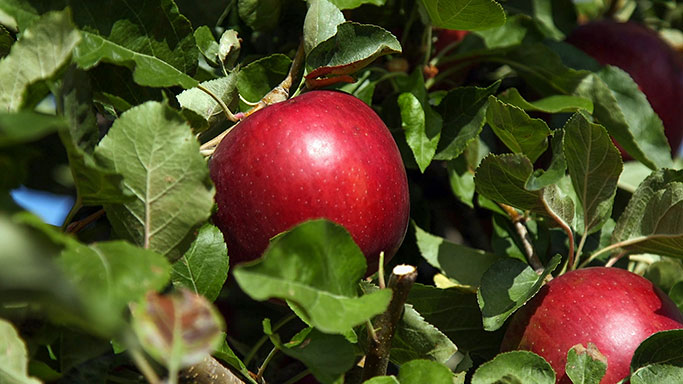
So, what does all this mean for apple producers? A whole lot of hassle on a consumer favorite apple that just keeps growing in popularity.
Enter the Cosmic Crisp. Bred for superior taste, appearance, shelf life and disease resistance, this variety took the things that made other apples difficult to sell or produce and tried to solve them. It seems they have succeeded. Taste tests with consumers have gone well and cold storage tests have gone even better with more than a year of storage capacity.
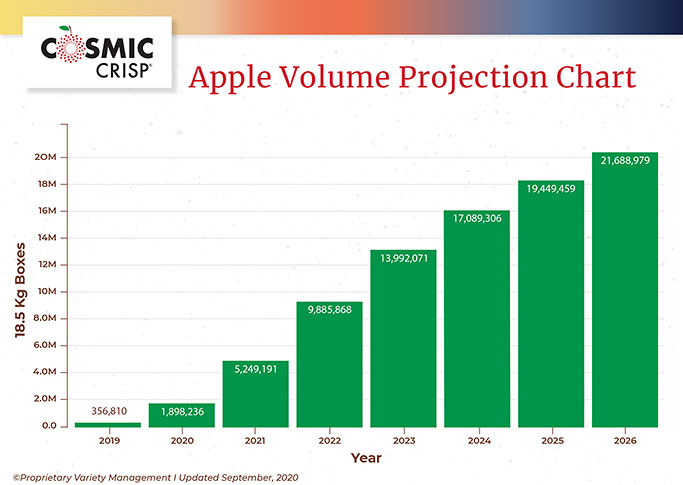
My status as an early adopter might have to change, because I tried Cosmic Crisp the first season they arrived in grocery stores, last fall. I’m such a fan that I’ve been looking for them ever since. Unfortunately, quantities are limited and more expensive. So, I really didn’t solve my Honeycrisp riddle, merely moved it to a new focus. However, I have hope that the Cosmic Crisp will improve in both availability and price, since they are not facing the same production issues that the Honeycrisp are still struggling to overcome.
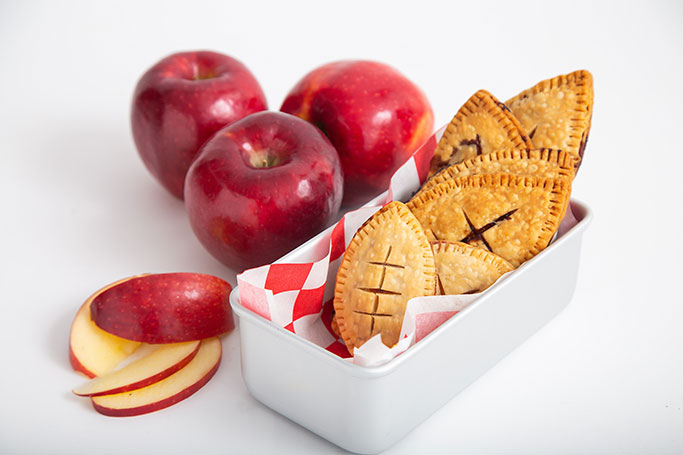
In our industry, we see hundreds of new plants come onto the market every year. Breeders are striving to improve the flaws in each genus. Are they succeeding? Yes. How do we know? We’re “taste-testing” them individually and watching what the experts at University trials are reporting. Your team here at Christensen’s does their research on all the plants we offer. We’re happy to point you towards the best options for your installation.

Images courtesy of CosmicCrisp.com

